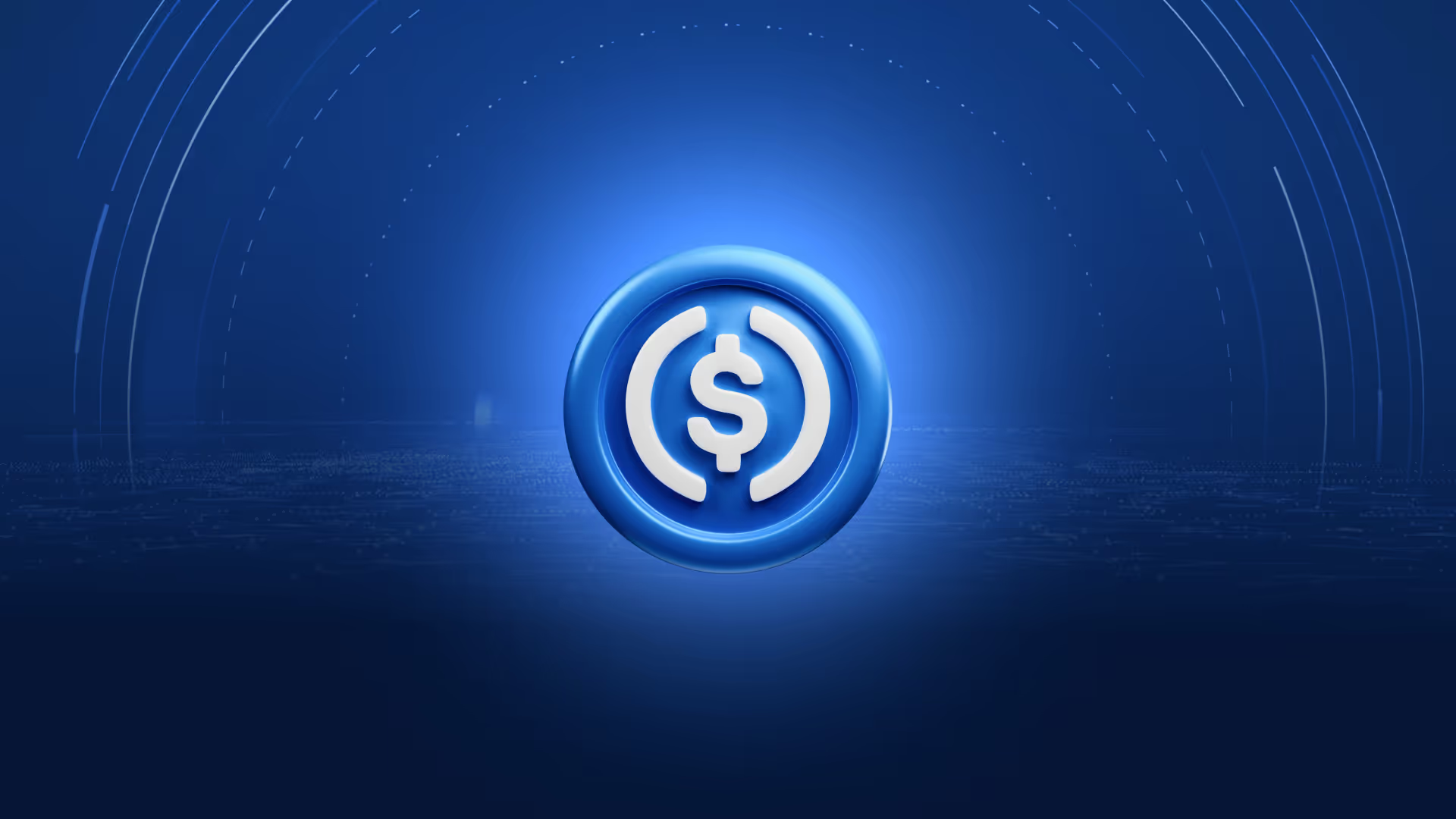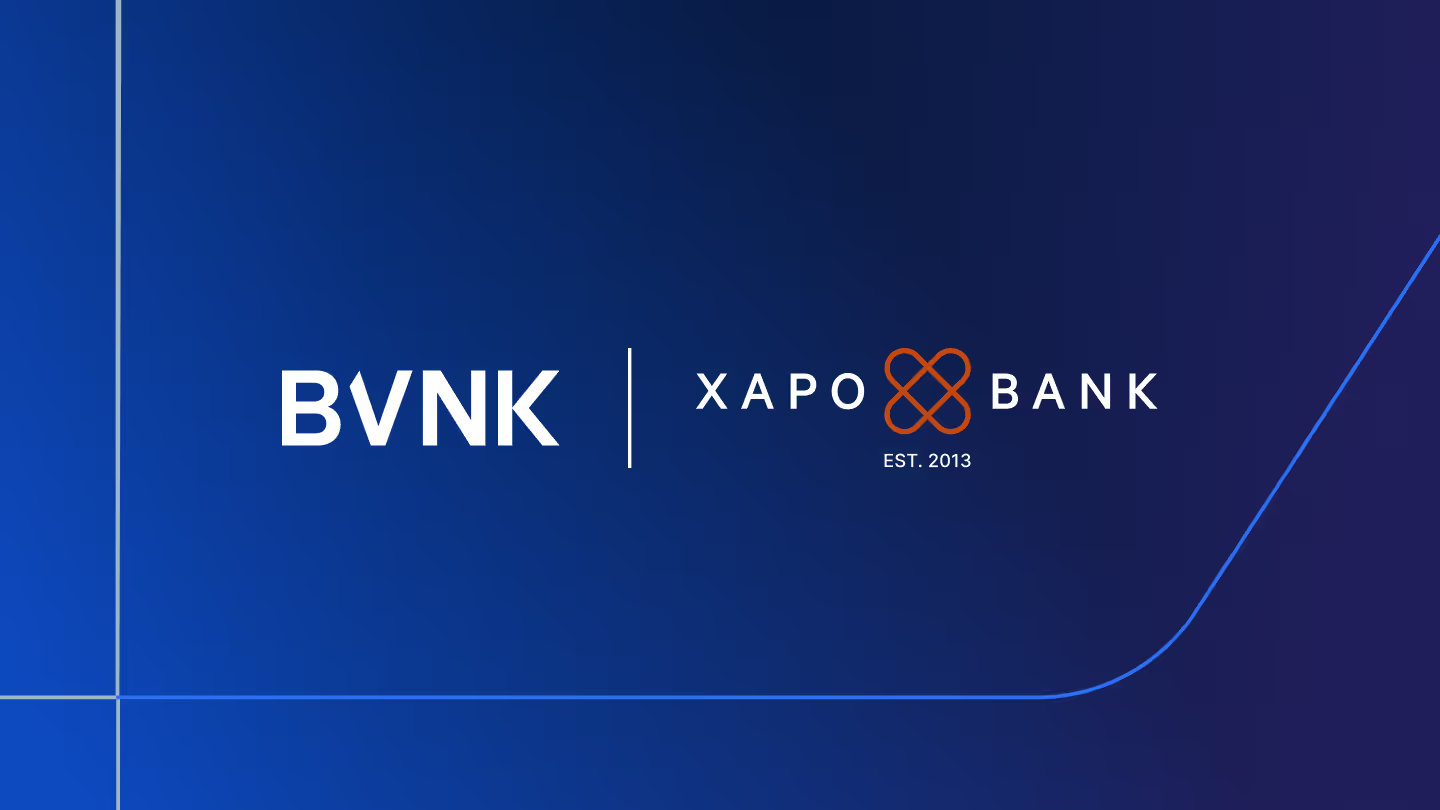Introducing US dollar Swift payments with BVNK
Make US dollar and euro payments via Swift on BVNK, and gain access to our stablecoin payment services.
.avif)
We’ve enabled Swift payments in euros and US dollars on the BVNK platform, to give our customers around the world more options for how they move money.
The global Swift system handles around 45 million transactions per day and in 2024, 7 in 10 were made in euros or US dollars.
With Swift payments in the BVNK platform, our business customers can take full advantage of our stablecoin payment services to speed up their global money movement, and easily get back into fiat currencies when they need to.
How can you use Swift payments on BVNK?
Simply send euros or US dollars to the BVNK platform via Swift, then make onward payments in stablecoins to your global clients and partners.
Or, if you’re receiving stablecoins from your partners or customers in the BVNK platform, automatically convert these to US dollars or euros, then use our Swift payment option to send the funds to your own bank accounts.
For our global customers, this new payment option makes it hassle-free to work with their local payment partners, saving valuable time and money.

Our mission is to accelerate global money movement
Here at BVNK, we know that modern businesses want financial flexibility so they can work in the most efficient way. They want to move funds faster around the world, for less cost and risk. By bringing together bank and blockchain payment rails, and fiat and digital currencies, in a single platform, we enable this for our customers.
With our platform, you can access 14 of the most popular digital currencies, all the leading stablecoins and 15 fiat currencies. To learn more about how we can support you with US dollar or euro payments via Swift, get in touch with our team.
It is important to understand that crypto creates an exposure to counterparty risk, which may mean assets become unavailable during an insolvency event, and crypto value is not guaranteed. Take a few moments to learn more about the risks, here.
Latest news
View allGet payment insights straight to your inbox



.jpg)






.avif)


.jpg)





